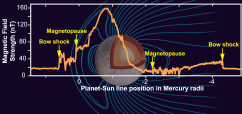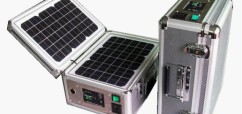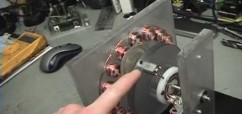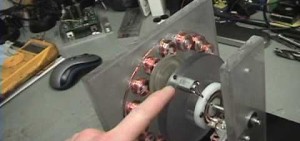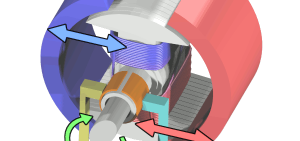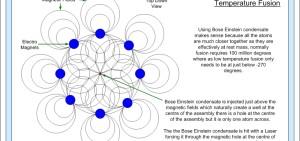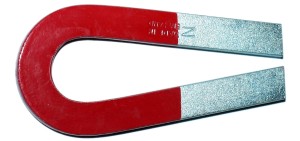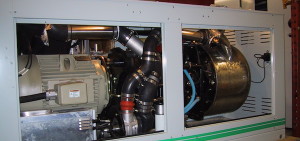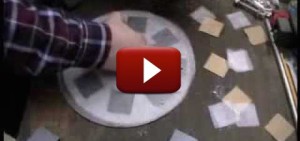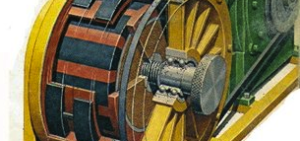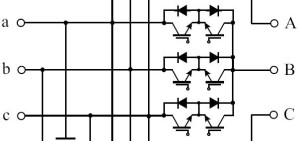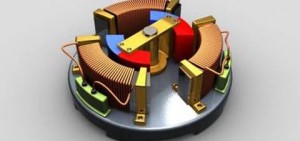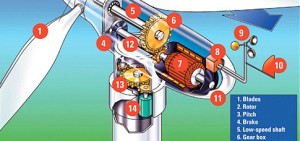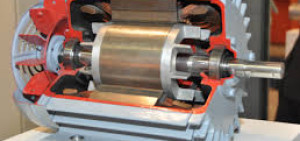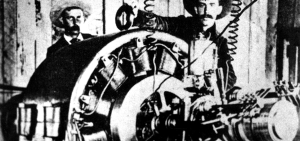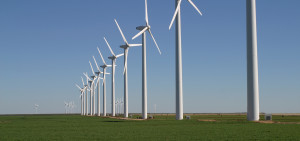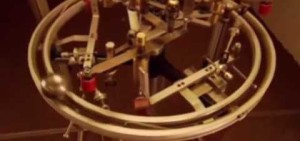A thermoelectric generator uses the basic concept that the difference in temperature between two materials will create electricity.
Can this technology be adapted to make a thermoelectric generator at home?
One can quite easily though the efficiency of such a generator to power some small home appliances or portable electrical devices such as smartphones, video cameras, and more.
Improvement in technology has addressed this idea to some extent: Peltier units are a thermoelectric material that helps transform the difference in temperature into electricity.
The automobile industry is increasingly using these to recover some of the heat lost by the engine and channel the power to the battery.
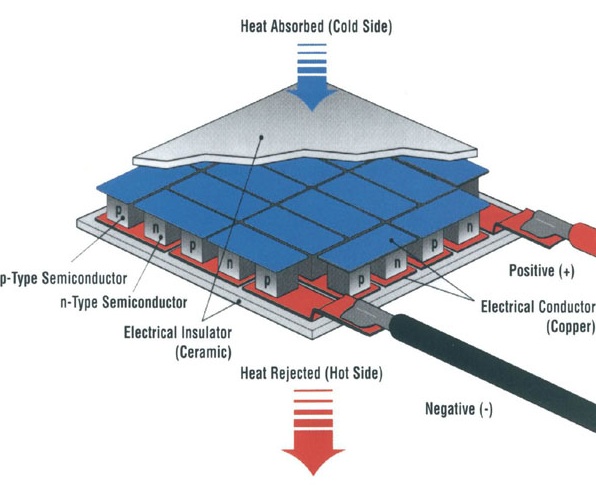
Thermoelectric Generator Diagram
6 Steps to Build Thermoelectric Generator
A thermoelectric generator (TEG) is a device that converts heat into electricity using the temperature gradient between two different materials.
Here is a basic overview of how to build a homemade thermoelectric generator:
1. Gather materials: You will need a heat source, such as a candle or a hot plate, two different types of metal (such as copper and aluminum), wire, a multimeter, and a load (such as a light bulb).
2. Cut the metal strips: Use a saw or a metal cutter to cut the metal into strips.
3. Assemble the thermocouple: Connect the two metal strips together using wire to form a thermocouple.
4. Connect the thermocouple to the load: Use wire to connect one end of the thermocouple to the heat source and the other end to the load (such as a light bulb).
5. Measure the voltage: Use a multimeter to measure the voltage being produced by the thermoelectric generator.
6. Experiment with different heat sources and materials: You can try using different heat sources (such as a stove or a hot water heater) and different metal combinations to see how they affect the generator’s performance.
DIY Thermoelectric Generator
One can use a thermoelectric generator at home by following the steps below:
- Buy two radiators online or at an IT store and apply thermal fan paste to facilitate stacking of the Peltier unit.
- Separate the two radiators with an appropriate thermal insulator.
- Next carve out an opening in the insulator to accommodate the Peltier unit.
- Make sure to leave enough space should be left for a couple of wires as well.
- Next – rig the assembly together and start applying heat to one of the radiators. The longer that you do it, the more of the current will flow out from your homemade thermoelectric generator.
- Depending upon the size of the generator you will be able to power more and more devices or gadgets in your home.
- typical examples are mobile phone charging, or running a small radio and making LED light come alive.
- It is also an excellent idea to use it to power outdoor fans and lighting that are not connected to your home’s power grid.
The best thing about using a thermoelectric generator is that it is a free and inexhaustible source of energy as long as one has simultaneous access to materials that have some temperature difference, which can be tapped to generate the required electric current.
While one may imagine that this technology has not been widely deployed, the fact of the matter it even powers deep space flight, where it has proven to be a more efficient technology than solar energy.
Since it is so easy to assemble this kind of a generator, it would be great if more and more people put it to use and obtain free electricity simply by utilizing the impact of the varying temperature of two near substances or objects- a common enough occurrence in most homes.
This could help augment what is supplied by the grid, and if everybody did it, there would be a difference made regarding less power drawn from the grid. That, as we all know, will contribute to making our planet a much greener place than it is.
While one can try and make a thermoelectric generator oneself following the above steps, it might not be a bad idea to watch a YouTube video or two for better clarity on the subject.
When you do get down to making your thermoelectric generator, the pleasure you will derive from first using it to run a fan or light up a small bulb will be unparalleled.
